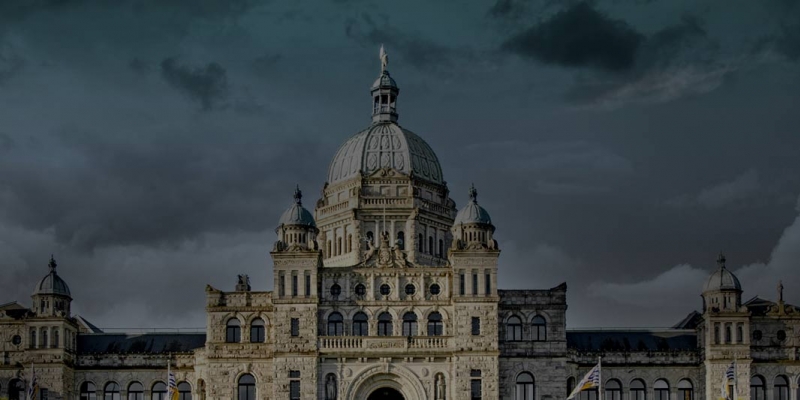British Columbia's Coming Debt Boom in Historical Context
— Published on January 4, 2024

Summary
- There has been a rapid increase in government spending in British Columbia in recent years. The province is now forecasting a dramatic increase in government debt over its current three-year fiscal plan, primarily due to this spending growth.
- Many British Columbians may not understand the scale of the projected debt growth. This bulletin attempts to rectify that by providing comparative historic context for the debt growth that is forecast to occur in the years ahead.
- Specifically, we compare the government’s current debt forecast to two recent historical periods of rapid debt growth. The first of these occurred in the years following the 2008/09 global financial crisis and recession, and the second occurred during the recession sparked by the COVID-19 pandemic.
- We show that the government’s forecast for debt growth greatly exceeds that which occurred during the two comparative historical periods. In its three-year fiscal forecast, BC’s government expects to add $5,315 per person in net debt (all figures in 2023 dollars). During the COVID-pandemic and recession, net debt increased by $1,680 per person cumulatively. In the years during and following the 2008/09 financial crisis, the debt increase was $3,438 per person.
- Not only is debt growing much faster in the government’s current fiscal plan, but in the two other periods of debt growth discussed here, interest rates were low and/or falling. As a result, debt service payments on those increases did not significantly rise during those episodes. This time, because interest rates are higher, the interest payments on BC’s debt are expected to increase by 36.7 percent over just three years.
Author:
More from this study
Subscribe to the Fraser Institute
Get the latest news from the Fraser Institute on the latest research studies, news and events.


